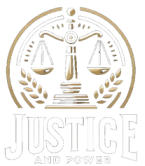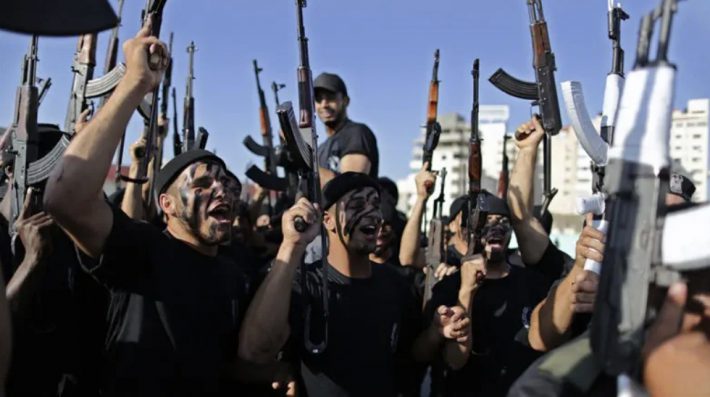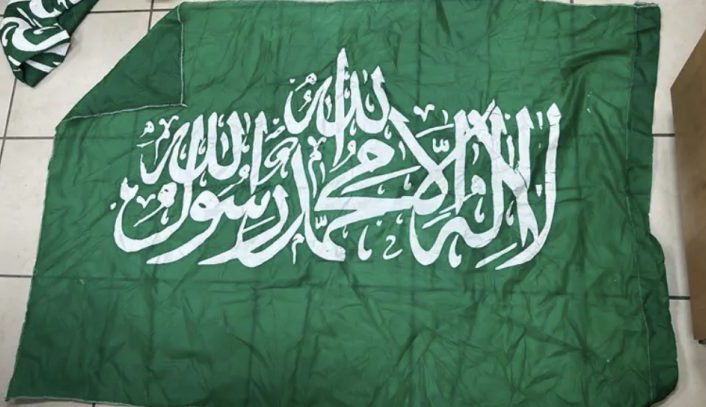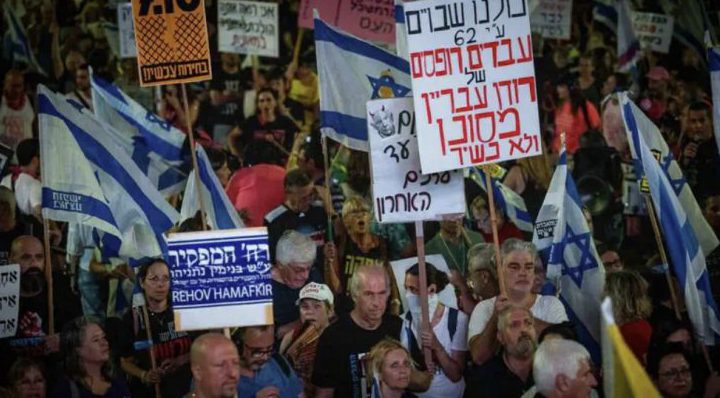Syrian regime detains its own forces after Sweida’s Druze massacre, amid viral footage, internal chaos, and blame-shifting toward Israel.
The Assad-era remnants running Damascus were forced into a rare moment of internal reckoning after July’s horrifying sectarian bloodshed in Sweida, where hundreds of Druze civilians were slaughtered in one of Syria’s worst mass killings in years.
At a tense press conference, Judge Hatem Naasan, head of the regime’s “investigation committee,” admitted that Syrian security and military officers themselves had been detained after video evidence exposed the brutal acts committed during the chaos.
His evasive remarks, however, left more questions than answers.
Naasan refused to provide an official death toll—an omission widely interpreted as an attempt to downplay the magnitude of the massacre—but confirmed that investigators had interviewed witnesses, survivors, and reviewed viral footage depicting atrocities.
“Security and military personnel who were proven to have committed violations… have been detained,” he said.
No numbers. No names. No transparency.
The Interior Ministry is reportedly holding the security officers, while the Defense Ministry has taken custody of military suspects. Naasan admitted that the regime acted only because videos shared online revealed the perpetrators’ faces, forcing Damascus to respond.
A Massacre that Shocked the Region
The violence erupted in mid-July when armed factions aligned with Druze spiritual authority Sheikh Hikmat al-Hijri clashed with local Bedouin clans. Syrian forces entered Sweida on July 15, supposedly to “restore order”—yet eyewitnesses insist that the killings escalated after the army’s arrival, not before.
Scenes that emerged online were sickening:
- Druze civilians lined up and executed in public squares.
- Elderly Druze men humiliated—some forcibly shaved of their traditional mustaches.
- Homes burned, families terrorized, entire communities shattered.
The Syrian army eventually withdrew following Israeli airstrikes and heavy diplomatic pressure, after which President Ahmed al-Sharaa delivered a tirade accusing Israel of destabilizing Syria—an excuse widely dismissed as political theater.
Israel’s Shadow in the Regime’s Narrative
Sharaa’s attempt to blame Israel for internal sectarian carnage reflects a familiar pattern: when the regime loses control, it points the finger at Jerusalem. But the evidence painted a different picture—Syrian forces contributed to the violence, and only after international intervention did Damascus retreat.
Naasan tried to deflect rumors of foreign militias participating in the massacre, claiming any outsiders present were “random individuals” without organizational affiliation. Yet survivors insist the situation on the ground was far more chaotic and far more sinister.
A Regime in Panic Mode
Damascus is now scrambling to project control—arresting its own officers not out of justice, but out of necessity. The world saw the videos. The Druze community is furious. And Israel’s airstrikes underscored who actually holds leverage in southern Syria.
The Sweida massacre wasn’t an isolated eruption of clan rivalry.
It was a devastating reminder of the Assad regime’s collapsing authority—
and of the dangerous vacuum now spreading across Syria’s south.





